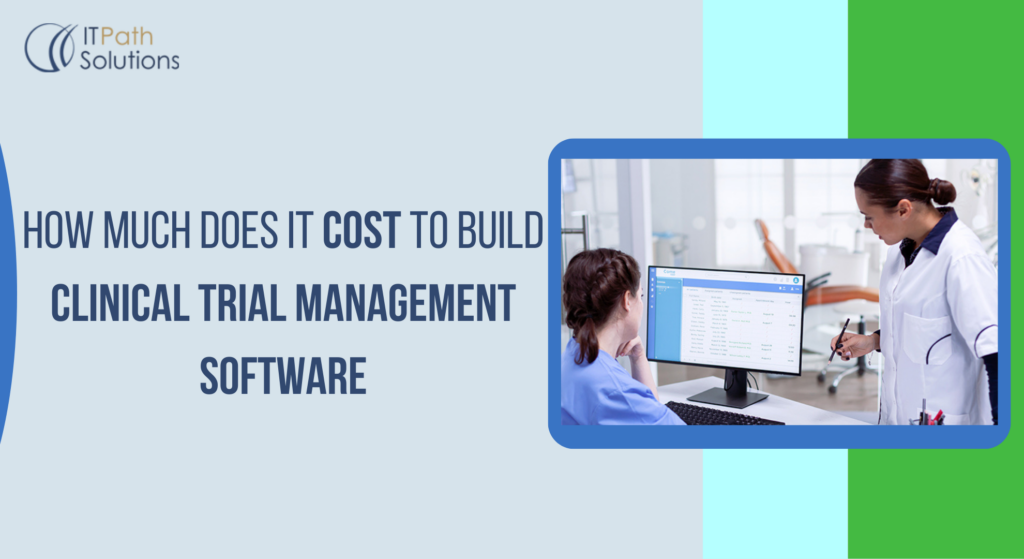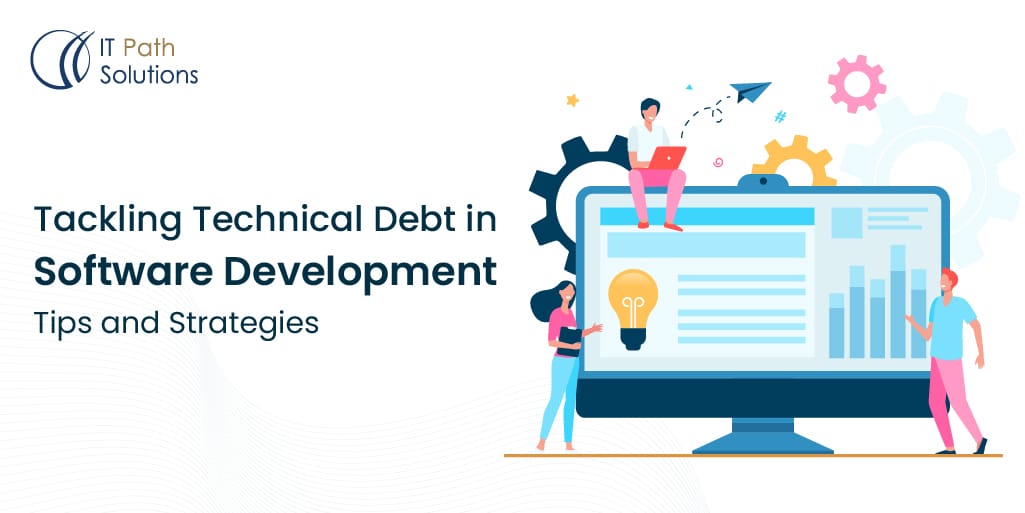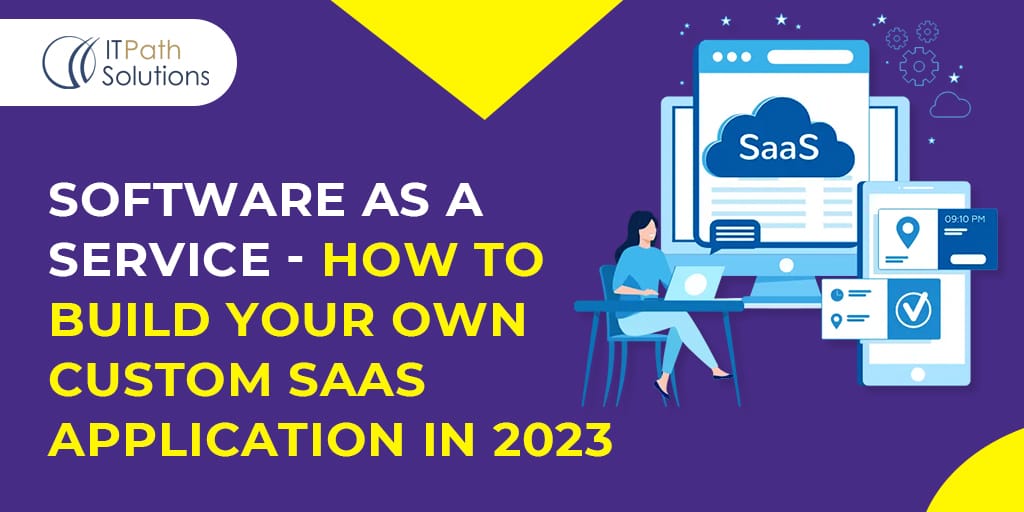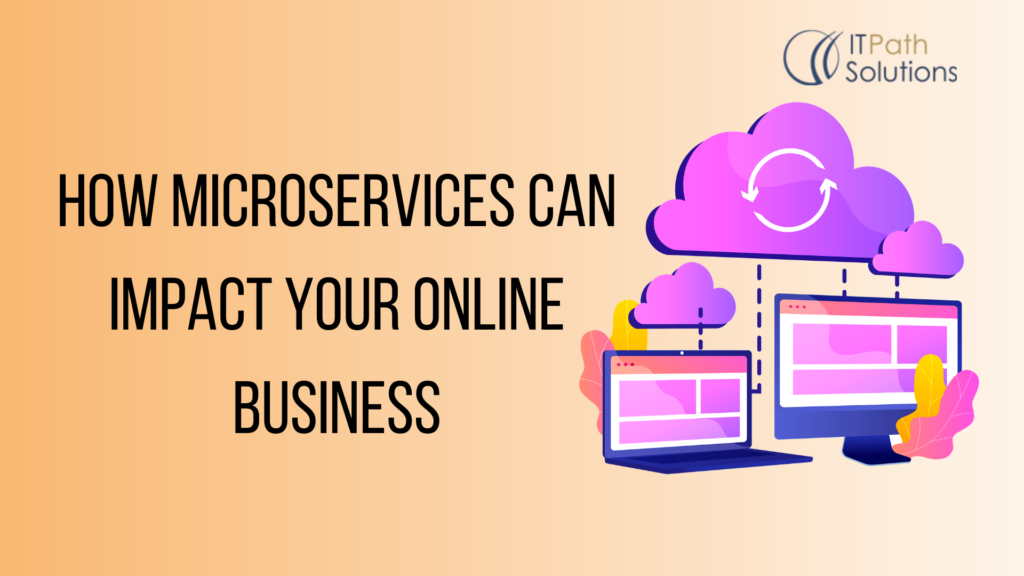What is SaaS? – Software As a Service
Software Application Development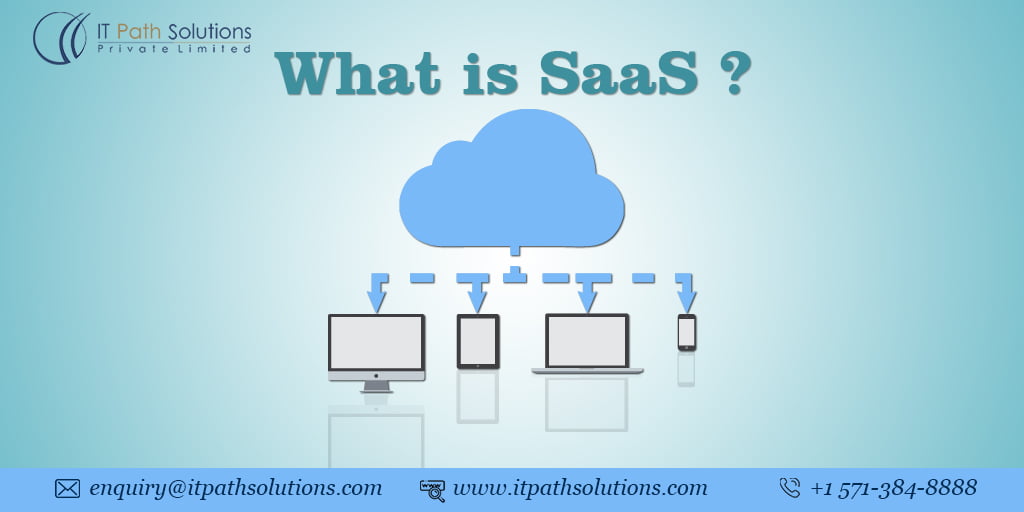
Software as a Service
Software as a Service (SaaS), a.k.a. on-demand software, is a software delivery model in which software and its associated data are hosted centrally and accessed using a thin-client, usually a web browser over the internet.
SaaS in which software is licensed on a subscription basis and is centrally hosted.
SaaS can be accessed on any web browsers.
Simply put, SaaS is a method for delivering software as a web-based service via remote access. The software service can be purchased with a monthly fee and pay as you go.
What is SaaS?
Software As A Service is Multi-tenant architecture or we can say Virtualization as an alternative.
It is a Pricing model pay as we go, the relatively low cost for user provisioning
It also provides Configuration and customization and Accelerated feature deliveryIt means a much shorter release cycle.
It also based on Open integration protocolsTypically HTTP/HTTPS, JSON, REST, SOAP.
We are in the era of Cloud Computing!
- Cloud computing stack
- Infrastructure as a Service (IaaS)
- Platform as a Service (PaaS)
- Software as a Service (SaaS)
- Monitoring as a Service (MaaS) – emerging
- Communication as a Service (CaaS)
- Anything as a Service – emerging
There are so many services but SaaS is one of the most widely used service models in the world.
Business’s perspective
SaaS has a lot of appeal to businesses. Here are a few reasons why:
- Multi-tenant software architecture
- Low cost, fast investment, shared license
- High manageability
- Free of deployment and support
- Cost-effective: pay as we go
- Customization is easy
- Can scale well – commercialization
Advantages of SaaS
- Easy to use – Most of the applications in Saas require the only web browser to run.
- You don’t need to worry about upgrade software or security, these are the responsibility of Saas provider to upgrades, uptime, and security.
- Work anywhere.
- Lower cost of entry – The pay as you go pricing model of SaaS makes it affordable to small businesses and individuals.
- Scalability: As SaaS application is On-Demand software so it can be easily scaled up or down to meet consumer demand. Consumers do not need to worry about different computing infrastructure on their own side.
- Applications are less chances of data loss since data is being stored in the cloud and SaaS provider’s servers.
- Compared to other traditional applications, SaaS applications are more capable as they do not require to install binary code on each machine.
- SaaS applications can be run on many devices and operating systems.
- Provides better communications between teams since the data is centrally stored.
- SaaS applications are much faster and also favors an Agile development life cycle. Software changes and frequent and on-demand.
SaaS case studies
Here are the details of services provided by two of the biggest SaaS providers today: Amazon & Google.
- Amazon Web Services(AWS)
- Storage
- Amazon simple storage services(S3)
- Amazon Elastic Book Store(EBS)
- Networking
- Amazon Virtual Private Cloud (VPC)
- Amazon Route53
- Database
- Amazon Dynamo DB
- Amazon Relational Database Service (RDS)
- Compute
- Amazon Elastic Cloud Compute (EC2)
- Amazon Elastic Map Reduce (EMR)
- Google App Engine
 Healthcare
Healthcare  Education
Education  Real Estate
Real Estate  Logistic
Logistic  Fitness
Fitness  Tourism
Tourism  Travel
Travel  Banking
Banking  Media
Media  E-commerce
E-commerce  Themes
Themes
 Plugins
Plugins
 Patterns
Patterns
